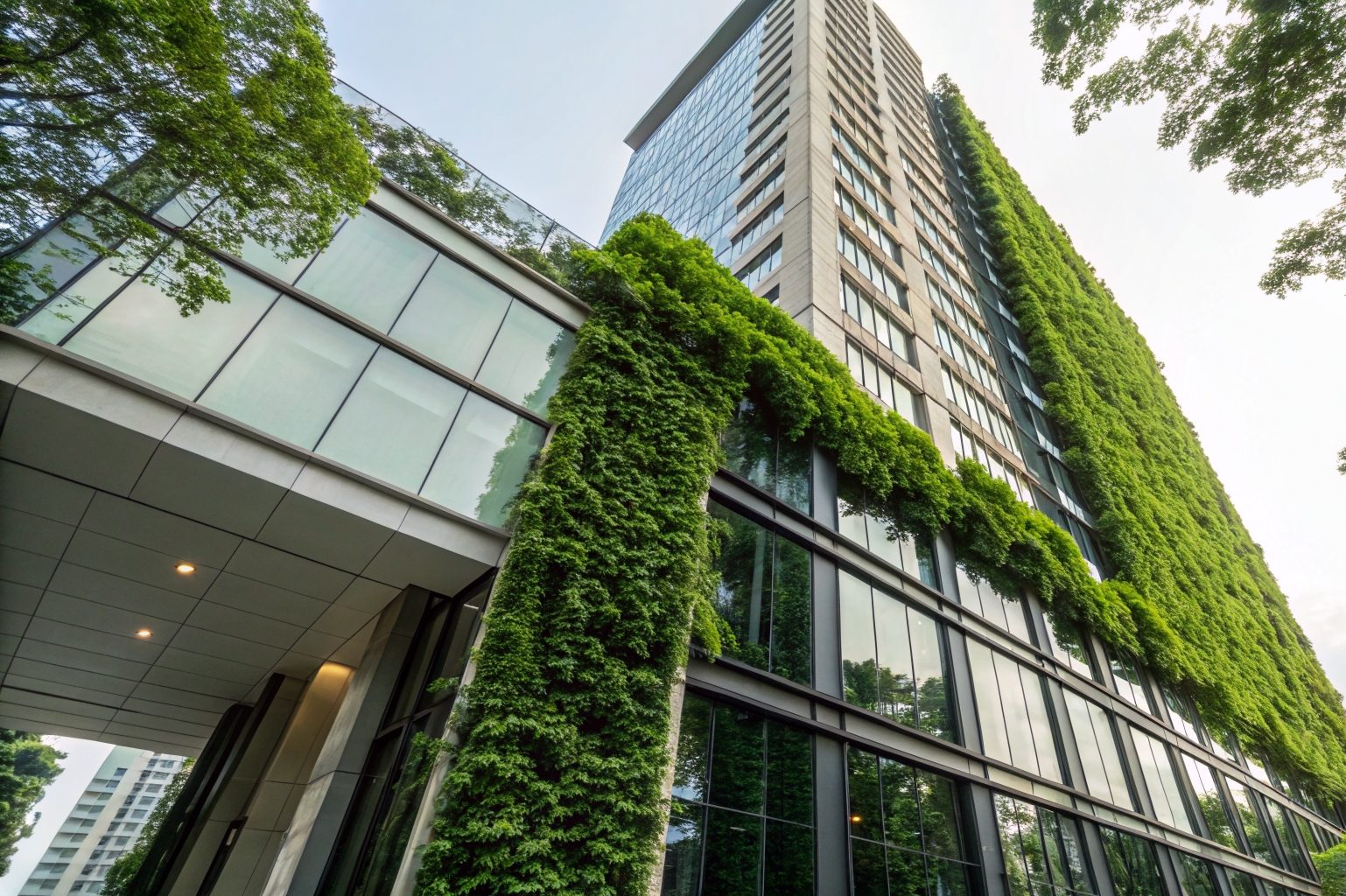
Strategic Facility Management: Workspace Excellence, Delightful Experiences
The role of Facility Management (FM) is evolving. Once focused only on operations and maintenance, FM is now a strategic enabler, driving cost efficiency, productivity, sustainability, and employee experience.
Strategic facility management that integrates technology, cost optimization, and sustainability, will ensure your facilities contribute directly to business success.

At a Glance:
Cost Optimization – KPI-driven Facility Management – Maintenance Optimization – Sustainability -Technology Integration – Vendor Vs Partner Approach
Strategic Facility Management Overview
Facility Management has shifted from routine maintenance to a strategic function that aligns directly with business objectives. By integrating cost efficiency, sustainability, technology, and stakeholder collaboration, FM now plays a critical role in shaping productive and resilient workplaces.
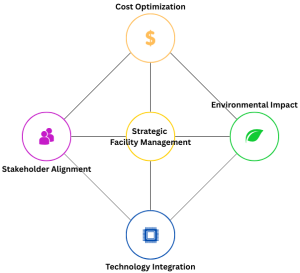
Strategic facility management has shifted from traditional reactive maintenance toward proactive business enablement. This shift drives the integration of facility operations with organizational strategy, ensuring that physical spaces and services directly contribute to business objectives. A holistic view of the workplace ecosystem has become essential in strategic facility management, unlike in the past when this function operated in silos.
Cost Optimization: Balancing Efficiency and Quality
Energy Management
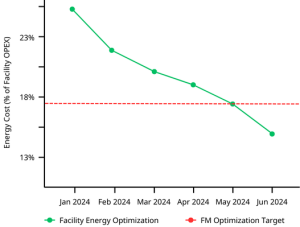
Staffing Optimization
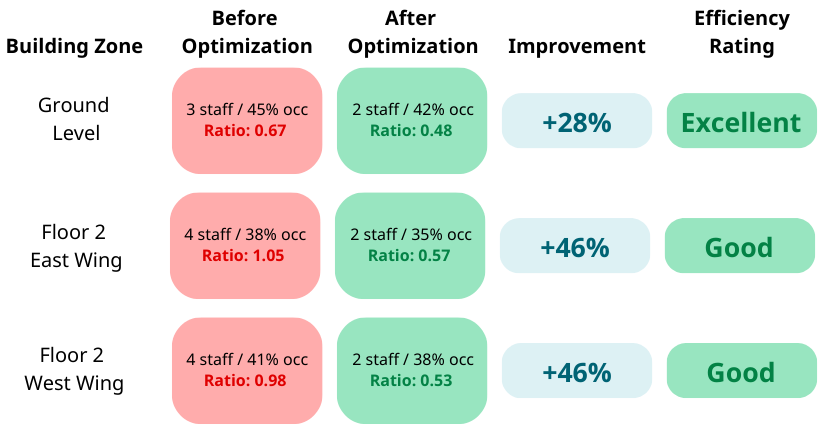
Space Utilization
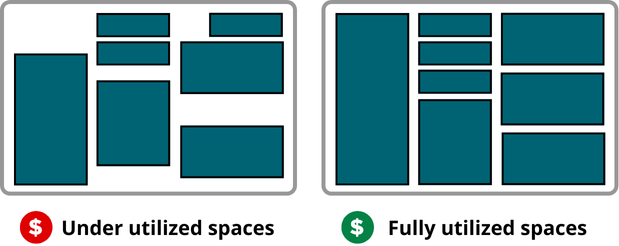
Effective cost control in facility management requires a structured approach. Focusing on three pillars:
Energy & Utilities: smarter HVAC, lighting, and water use
Staffing Optimization: right-sized teams for the right workload
Space Utilization: reducing idle space and maximizing layout efficiency
Together, these pillars reduce operating expenses while preserving service quality.
Additional read: Staffing Optimization
KPI-driven Facility Management
Strategic decisions require measurable results. by applying Key Performance Indicators (KPIs) across four areas:
Financial
- Cost/m² across facility types & locations
- % of energy cost from total OPEX
- Maintenance cost to asset replacement value
- ROI on facility improvement projects
Operational
- Work order (WO) response time
- System uptime percentage
- Space utilization and occupancy analytics
- Preventive maintenance completion rate
User Experiences
- Employee satisfaction scores
- Help desk ticket resolution times
- Indoor environmental quality measurement
- Service request fulfilment rates
Environment
- Energy consumption / m²
- Water usage rates
- Waste diversion percentages
- Carbon emission
KPI-driven facility management enables data-backed decisions that improve efficiency, track sustainability, and demonstrate long-term value to the business.
Maintenance Optimization
Facility management is shifting from reactive to predictive models, maintenance optimization moves:
Preventive → Predictive → Condition-based
Preventive ensures basic reliability, predictive extends asset life and reduces downtime, while condition-based and work order systems improve responsiveness, resource use, and accountability. Together, they cut costs, minimize disruption, and enhance asset performance.

Sustainability and ESG Integration
Sustainability is now a core FM responsibility. By managing energy, water, and waste, organizations reduce environmental impact and strengthen their ESG profile.
Energy / m2
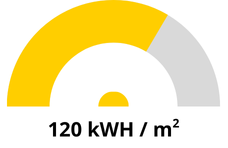
Waste Segmentation

Sustainable FM is not only compliance, it’s a competitive advantage.
Read more on AEON Delight Indonesia initiatives in sustainability not just in the facilities but also the environment here: SPOGOMI Jakarta 2025
Technology Integration
Technology integration has become more than a tool in strategic facility management, bringing together Building Management Systems (BMS), Internet of Things (IoT) sensors, robotics, and mobile applications. These tools enable real-time monitoring, predictive maintenance, and automation that reduce costs and downtime, while also improving service responsiveness and workplace experience. By leveraging technology strategically, facilities move beyond automation to become smarter, more efficient, and people-focused environments.
Vendor vs Partner Approach
Vendor (Transactional)
Focus on cost and contract compliance
Short- to medium-term agreements
Limited flexibility and innovation
Accountability only for tasks delivered
Partner (Strategic)
Aligned with client’s business objectives
Long-term collaboration with shared goals
Proactive innovation and continuous improvement
Joint accountability for outcomes and value creation
Shifting from vendors to partners transforms facility services into a strategic advantage. Partnerships built in trust, shared goals and innovation will create sustainable ROI, stronger alignment, and long-term value for the organization.
Read more on how AEON Delight Indonesia cultivating continuous improvement through KAIZEN innovation competition here: KAIZEN 2025
Summary
Strategic Facility Management goes beyond maintenance to align facilities with organizational goals, integrating cost efficiency, sustainability, technology, and stakeholder collaboration.
Reduces operational costs and improves TCO
Enhances employee satisfaction and productivity
Strengthens sustainability and ESG performance
Builds resilience, continuity, and long-term business value
At AEON Delight Indonesia, we are committed to delivering delightful experiences through safe, efficient, and sustainable environments.
Let’s discuss how your facilities can move beyond operations to strategic impact.
